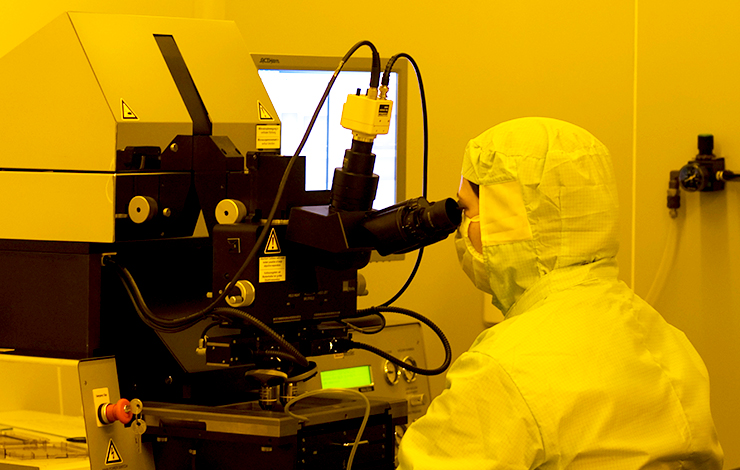


NMR water transverse relaxation time approach to understand storage stability of fresh-cut ‘Rocha’ pear
| Title | NMR water transverse relaxation time approach to understand storage stability of fresh-cut ‘Rocha’ pear |
| Publication Type | Journal Article |
| Year of Publication | 2016 |
| Authors | Fundo JF a, Galvis-Sanchez A a, Madureira AR a, Carvalho A b, Feio G b, Silva CLM a, Quintas MAC a |
| Journal | LWT - Food Science and Technology |
| Volume | 74 |
| Pagination | 280-285 |
| ISSN | 00236438 |
| Keywords | Colour differences, Cytology, Energy storage, Food constituents, Food storage, Fresh-cut pears, Fruits, Magnetic resonance spectroscopy, Microbiological quality, Molecular dynamics, Molecular mobility, Nuclear magnetic resonance, Nuclear magnetic resonance spectroscopy, Quality parameters, Relaxation time, Transverse relaxation time, Water availability |
| Abstract | Fresh-cut fruit is an important segment in fruit market due to the increasing demand for healthy/convenient foods. However, processing promotes a decrease in fruits stability with faster physiological and microbiological deteriorations. Food stability is strongly attributed to its molecular dynamics and “water availability”. Understanding changes in water location/mobility is of utmost importance, since water dynamics profoundly influences physic-chemical and microbiological quality of foods. Nuclear magnetic resonance spectroscopy (NMR) is a methodology used to study the food constituents' molecular dynamics. The aim of this study is to use NMR to evaluate changes in water mobility that occurred in fresh-cut pear tissues during storage, by measuring the transverse relaxation time (T2) parameter. Results showed the existence of three water classes in the cells after processing, with T2 values of 10 ms, 187 ms and 3s for cellular wall, cytoplasm and vacuole, respectively. Also, the obtained results demonstrated that T2 was affected by processing and storage. Moreover, a relationship between T2, microstructure and the quality parameters was established. T2, maximum value increased with pear hardness as well as water activity. On the contrary, a decrease in total colour difference (TCD) was found with T2. Results demonstrate the usefulness of the application of NMR relaxometry in food studies. © 2016 Elsevier Ltd |
| URL | https://www.scopus.com/inward/record.uri?eid=2-s2.0-84979732341&doi=10.1016%2fj.lwt.2016.07.050&partnerID=40&md5=cc7a4135941474605eabb014961d676e |
| DOI | 10.1016/j.lwt.2016.07.050 |








